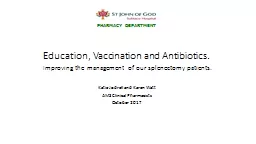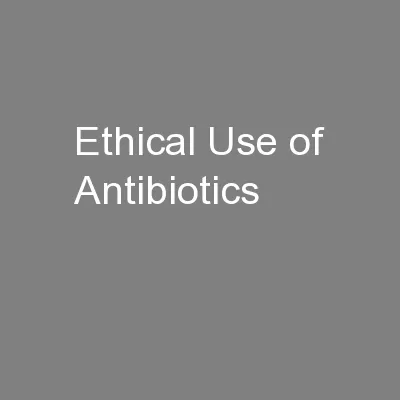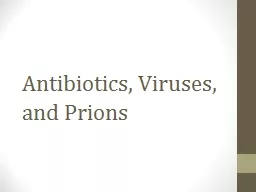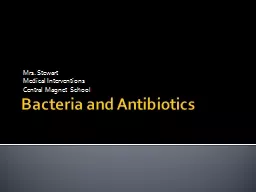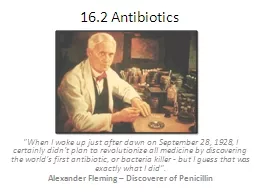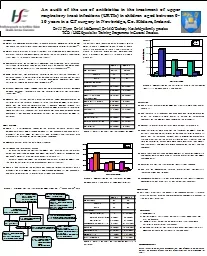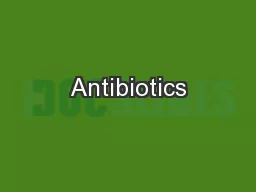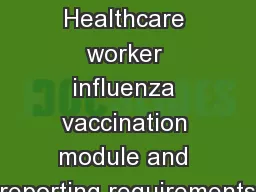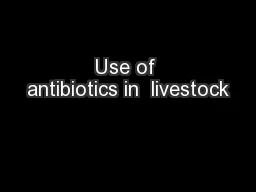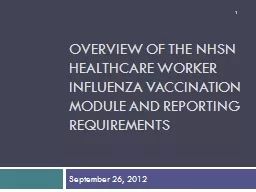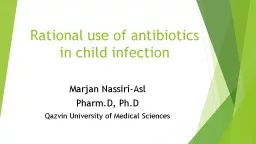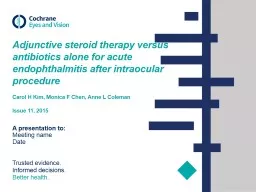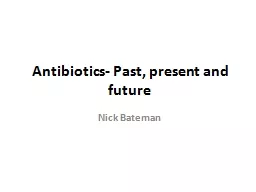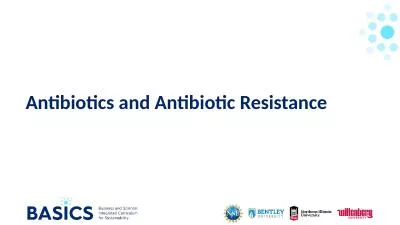PPT-Education, Vaccination and Antibiotics.
Author : briana-ranney | Published Date : 2020-04-03
Improving the management of our splenectomy patients Katie Jodrell and Karen Watt AMS Clinical Pharmacists October 2017 PHARMACY DEPARTMENT Background More than
Presentation Embed Code
Download Presentation
Download Presentation The PPT/PDF document " Education, Vaccination and Antibiotics...." is the property of its rightful owner. Permission is granted to download and print the materials on this website for personal, non-commercial use only, and to display it on your personal computer provided you do not modify the materials and that you retain all copyright notices contained in the materials. By downloading content from our website, you accept the terms of this agreement.
Education, Vaccination and Antibiotics. : Transcript
Download Rules Of Document
" Education, Vaccination and Antibiotics. "The content belongs to its owner. You may download and print it for personal use, without modification, and keep all copyright notices. By downloading, you agree to these terms.
Related Documents

